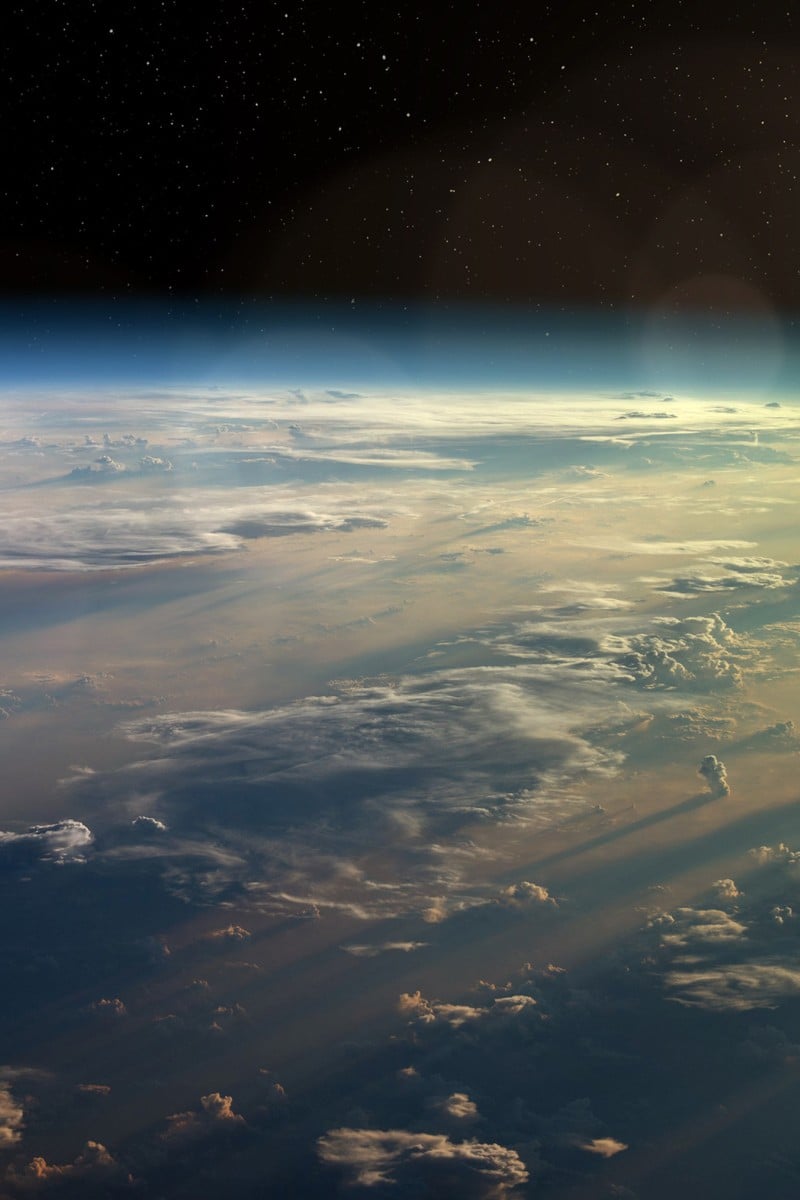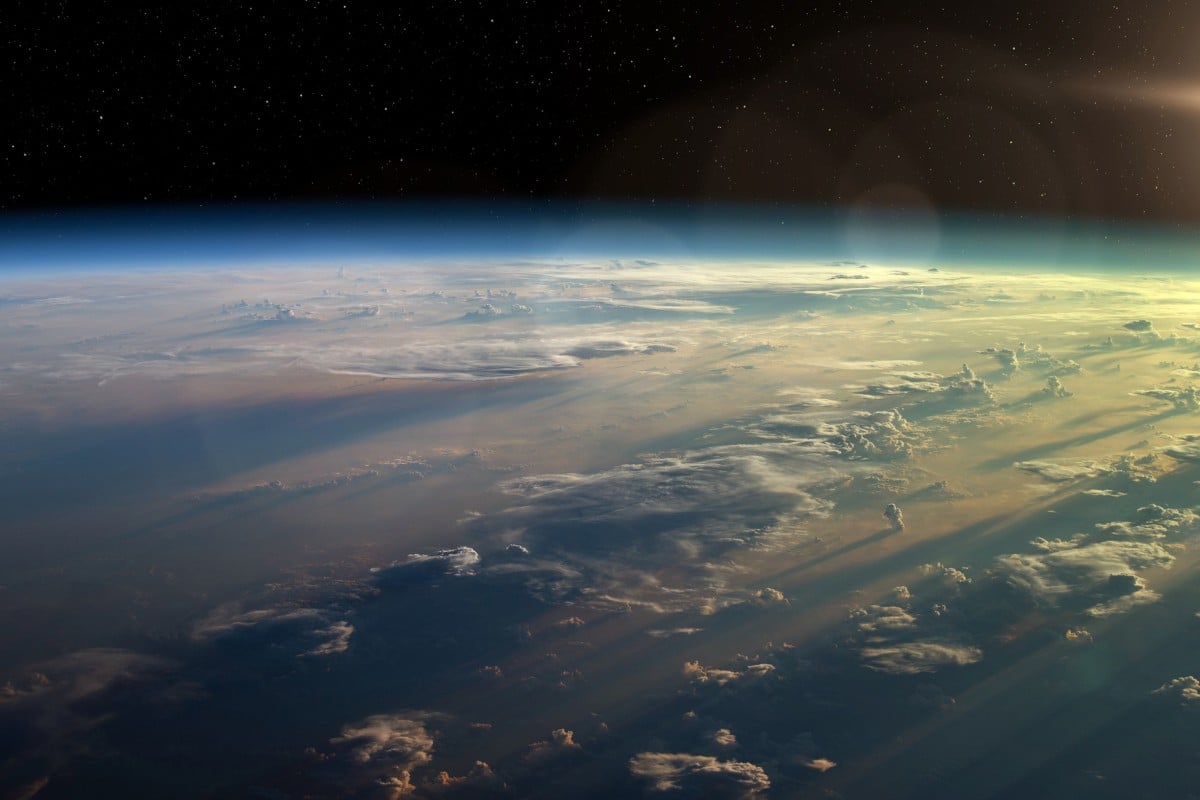
- Scientists have divided our atmosphere into 5 major layers – the troposphere, stratosphere, mesosphere, thermosphere and exosphere
- Young Post has partnered with Hong Kong Science Museum and Hong Kong Space Museum to answer your questions about the fantastic world around us
 Each layer of the atmosphere has unique properties. Photo: Shutterstock
Each layer of the atmosphere has unique properties. Photo: ShutterstockScientists have always been curious about the atmosphere surrounding us, but in the past, they could not just hop on a spaceship to see what was up there.
Instead, scientists hiked up high mountains, rode hot air balloons, and launched weather balloons or other instruments into the sky to collect atmospheric data at different altitudes. Over time, they noticed that the atmosphere had distinct layers.
By the early 1900s, scientists had identified major layers of the atmosphere based on how the temperature changed at different levels above the sea.
Thanks to these studies, we now know the five layers of the atmosphere are the troposphere, stratosphere, mesosphere, thermosphere and exosphere (see graphic).
Together, these layers protect us from the sun’s harmful radiation and keep temperatures on Earth habitable for all living beings. Understanding how the atmosphere works is crucial to everyday life.
For example, pilots consider how the different layers affect an aircraft’s performance during flight. Planes carrying passengers often travel through the lower stratosphere because it has less air resistance, which allows for higher speeds and fuel efficiency.
The atmospheric layers’ properties also explain natural phenomena like the northern lights, or aurora borealis. These occur mostly in the thermosphere where the sun’s energetic electrons collide with molecules and atoms. This emits photons of light that create patterns in the sky.
What if an asteroid heads towards Earth? Here are scientists’ plans
Earth’s atmosphere remains stable enough for life to flourish, but it is not static. For example, the stratosphere occasionally touches the ground, but this only happens at one point on Earth, Mount Everest. In this bizarre phenomenon called the “tropopause fold”, ozone from the stratosphere is brought down to the ground.
The stratosphere typically sits above the troposphere, and they touch vertically like two layers in a cake. But in areas around the North Pole and the South Pole, the stratosphere sits at lower altitudes, allowing it to touch the warmer troposphere at lower latitudes from the side.
When this occurs, fast-flowing air currents – called jet streams – drag the ozone layer into the troposphere region. This is why people must be careful when climbing Mount Everest because if they are exposed to the ozone layer, it can be toxic and cause shortness of breath or even fluid in the lungs.
Climate change caused by human activity has also affected the atmosphere. Warming temperatures are expanding the troposphere, and over the last 40 years, the boundary between the troposphere and stratosphere has risen about 200 metres.
Content provided by
Young Post is pleased to partner with Hong Kong Science Museum and Hong Kong Space Museum on our STEM Lab series. Our aim is to encourage you in your pursuit of science. Every month, the two museums will answer your burning questions about the fantastic world around us, the cosmos and beyond.
